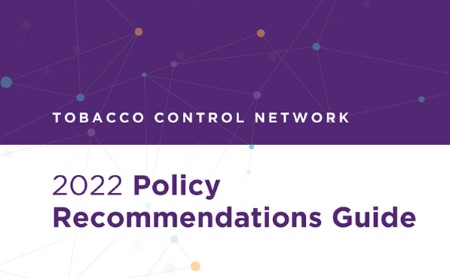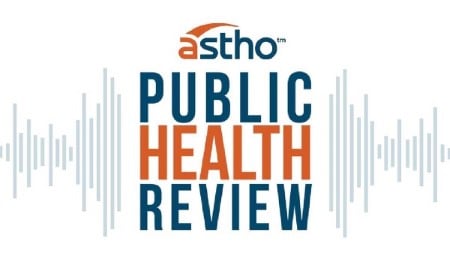American Indian (AI) and Alaska Native (AN) populations are a rich tapestry of diverse and resilient cultures. Their population is growing, and they number in the millions. However, they are among the most marginalized communities with some of the poorest health outcomes in the country. ASTHO works with tribal, federal, state, and local partners to change this.
Tribal health and public health systems interact but are distinct from state and federal systems. The resources below aim to foster connections across systems and community members to improve health outcomes, with a focus on health equity and the unique challenges tribal populations face.
Featured

Strengthening Risk-Appropriate Care in American Indian and Alaska Native Communities
This document addresses the importance of developing robust, culturally competent risk-appropriate care systems for American Indian and Alaska Native communities.
Access the Brief
Healthy Heart, Healthy Brain
ASTHO partnered with the International Association for Indigenous Aging to produce this series of communication materials that addresses the connection between brain health and heart health.
Access the Resources
Tobacco Control Network: 2022 Policy Recommendations Guide
Included in this iteration of the guide is a section on guiding principles for working with tribal nations and organizations.
Access the RecommendationsLatest Tribal Health Resources


Improving Access to Risk Appropriate Care and Maternal Health Outcomes through Provider Engagement
Learn More



Strengthening Risk-Appropriate Care in American Indian and Alaska Native Communities
Learn More

Boundary Spanning Leadership Model Strengthens Oklahoma Harm Reduction Programs
Learn MoreCollaborations
ASTHO manages multiple peer groups in which state-tribal topics arise. For example, the state environmental health directors and the state vector-borne disease control officials provide a venue for state and territorial health agency leaders to share information on promising practices, network with one another, and engage in meaningful discussions with each other and ASTHO on emerging or pressing environmental health issues. Additionally, cross-jurisdictional systems improvement projects and public health accreditation often engage state, local, and tribal health agencies.
ASTHO regularly engages with key partners to advance state and territorial health priorities. Key partners include:
- Association of Public Health Laboratories
- Association of State Drinking Water Administrators
- CDC
- Children’s Environmental Health Network
- Council of State and Territorial Epidemiologists
- Environmental Council of the States
- EPA
- FDA
- NACCHO
- National Association of Vector-Borne Disease Control Officials
- National Center for Healthy Housing
- National Environmental Health Association
- National Environmental Health Partnership Council
- National Indian Health Board